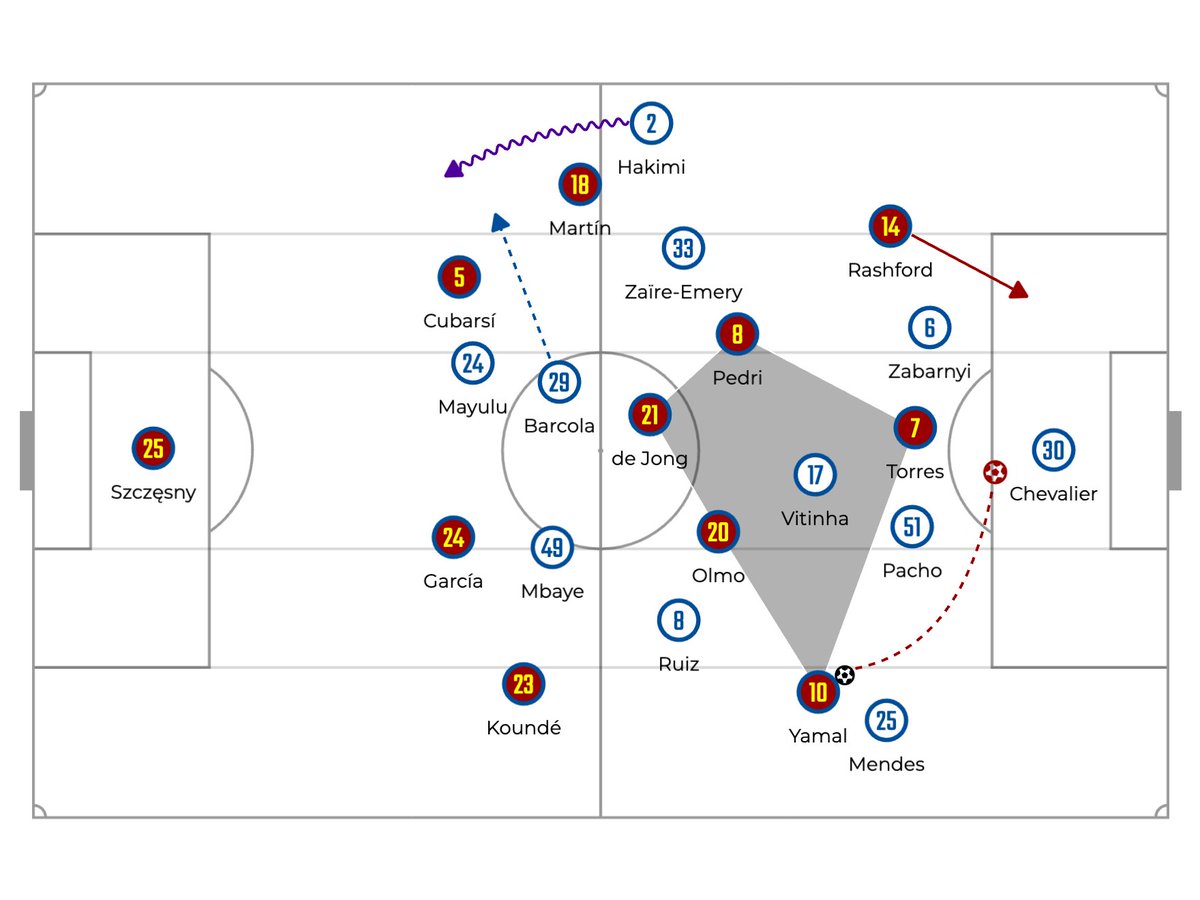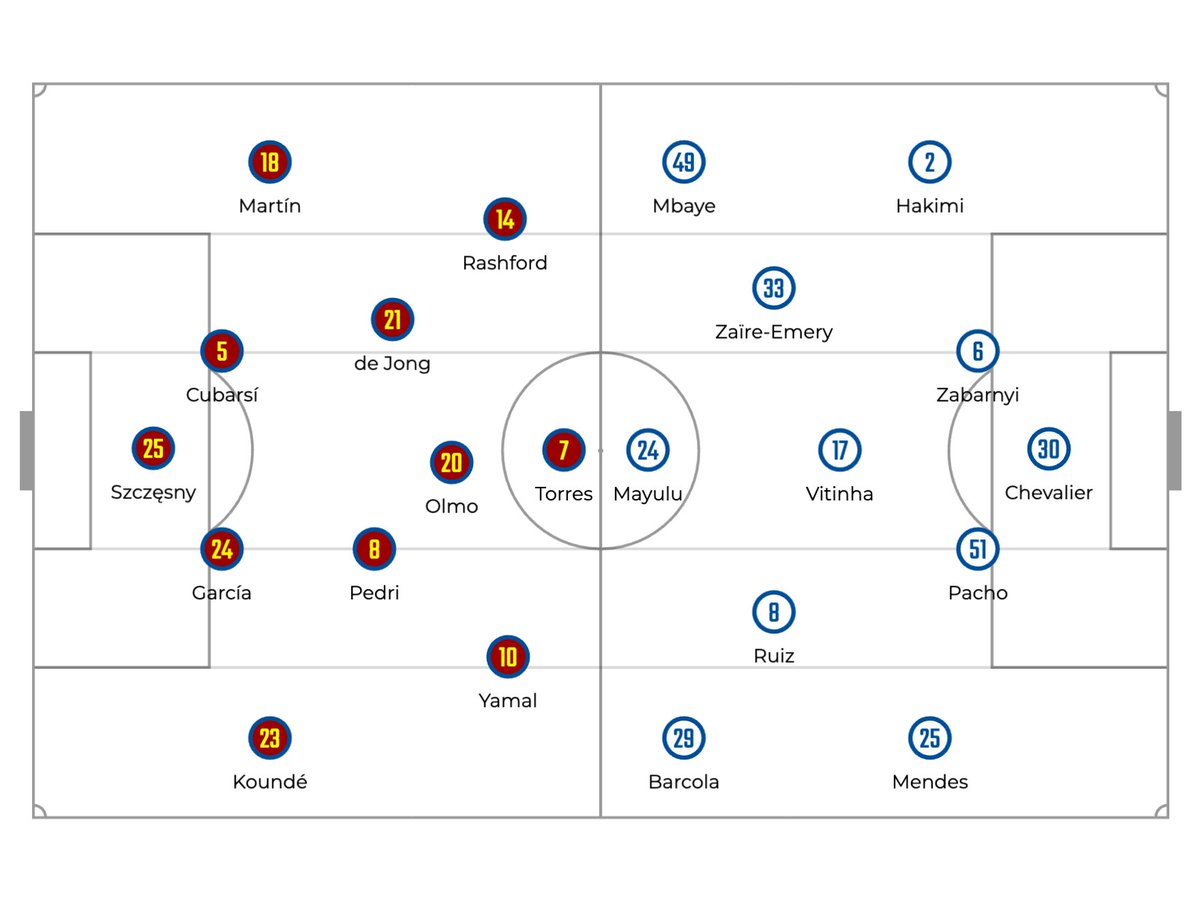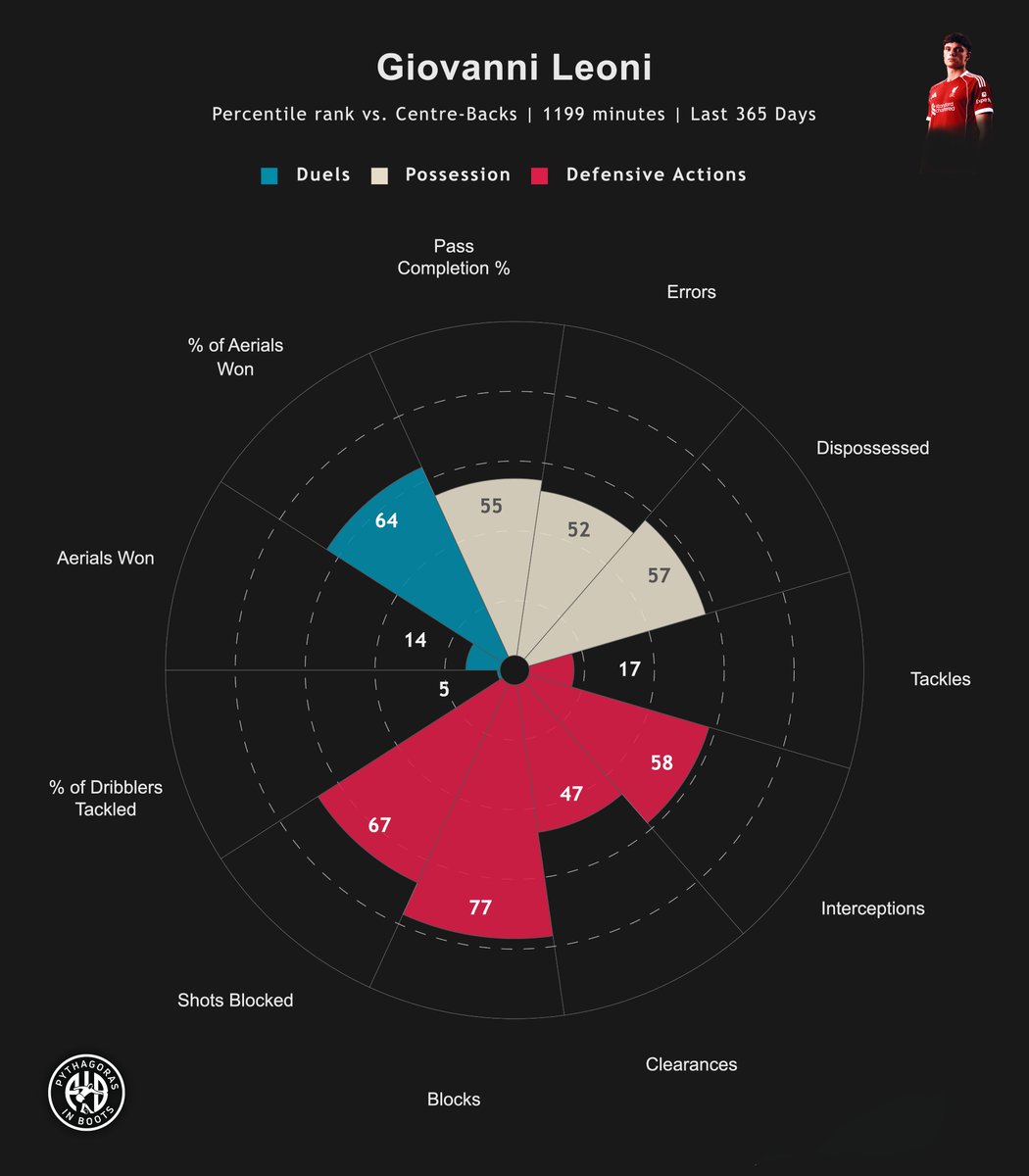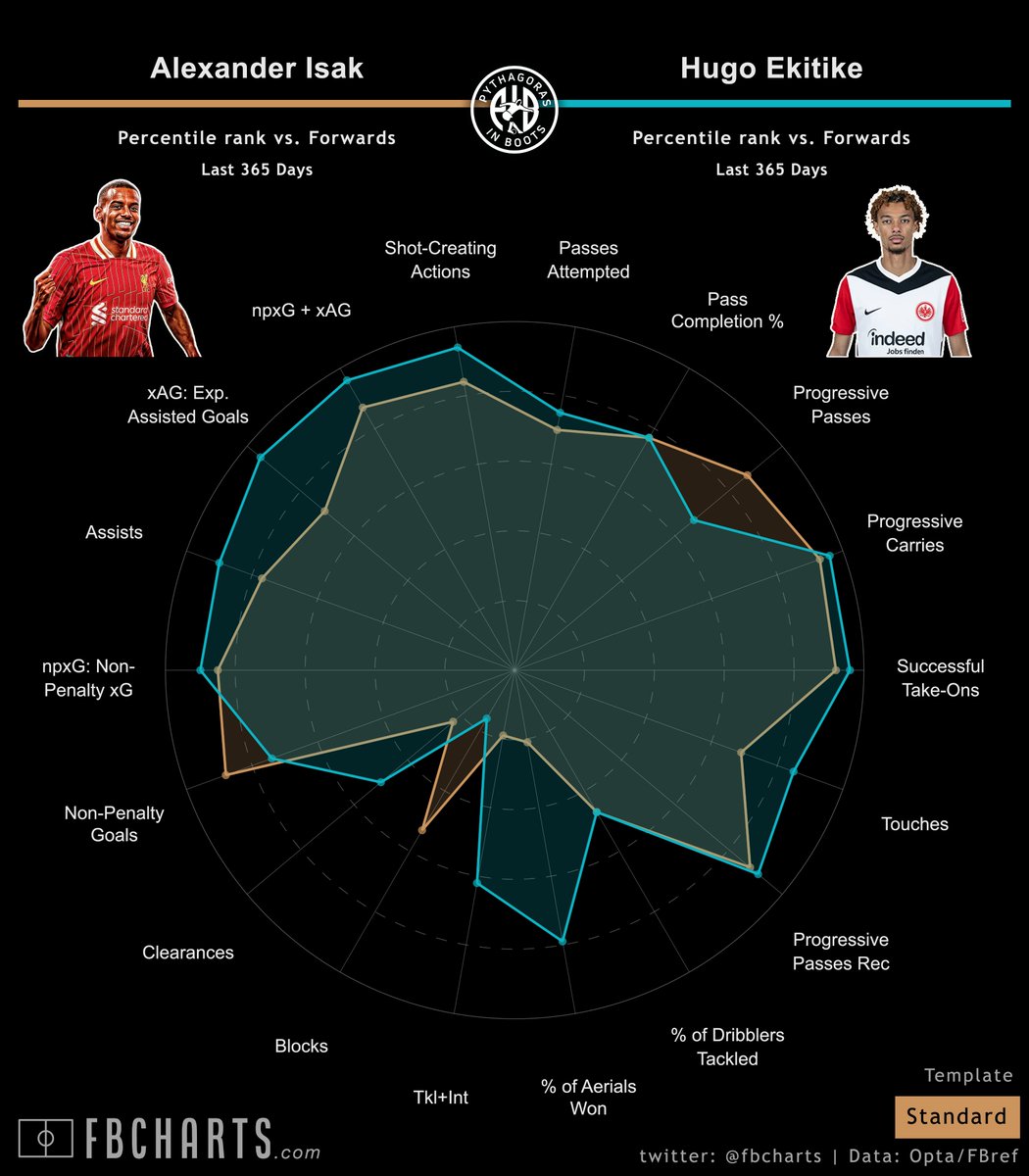#ESPSWE Euro 2020 - Tactical Thread
Key Points:
- Sweden's brilliant defensive set up
- Spain played too conservatively
- Service to the Spanish attackers was non-existent
CC: @TacticalPad
#EURO2020 #ESP #SWE
Key Points:
- Sweden's brilliant defensive set up
- Spain played too conservatively
- Service to the Spanish attackers was non-existent
CC: @TacticalPad
#EURO2020 #ESP #SWE

Spain's initial attacking structure can be seen below.
Sweden allow Spain the wide areas because the central areas & half spaces are void of any Spanish players in the middle third & Swedish final third.
Sweden welcome crosses from Spain because they're easy to defend.
Sweden allow Spain the wide areas because the central areas & half spaces are void of any Spanish players in the middle third & Swedish final third.
Sweden welcome crosses from Spain because they're easy to defend.

Pedri was too deep in possession, while Morata received little service despite sitting between the defensive and midfield lines.
Pedri should have been instructed to take an advanced role in the left half-space bc left sided Spanish players are capable of beating the #SWE press.
Pedri should have been instructed to take an advanced role in the left half-space bc left sided Spanish players are capable of beating the #SWE press.
Spain would have Llorente and Koke rotate between midfield and right fullback roles. This is done in an attempt to disrupt Sweden's man-marking/zonal marking system.
Spain can force 2v2s in the wide areas, but can clog the half-spaces that an inside Spanish player may be in.
Spain can force 2v2s in the wide areas, but can clog the half-spaces that an inside Spanish player may be in.

Sweden can guide Spain's play by leaving a Spanish player open to receive a pass.
In the example below, it's Llorente. He isn't shielded by anyone and Berg rarely pressed him immediately.
In the example below, it's Llorente. He isn't shielded by anyone and Berg rarely pressed him immediately.

So, by forcing Spain to play in the areas that they want, Sweden take a lot of the thought out of their pressing scheme.
Sweden:
- Crowd the half-spaces; leaving no inside passing options
- Press the wide areas to force Spain to move the ball backwards
Sweden:
- Crowd the half-spaces; leaving no inside passing options
- Press the wide areas to force Spain to move the ball backwards
Sweden's defensive structure was remarkable.
Eventually, Spain had Rodri and Koke/Llorente enter the middle third, so Isak & Berg shielded them, preventing Rodri and Koke/Llorente from being viable forward and central passing options.
Eventually, Spain had Rodri and Koke/Llorente enter the middle third, so Isak & Berg shielded them, preventing Rodri and Koke/Llorente from being viable forward and central passing options.
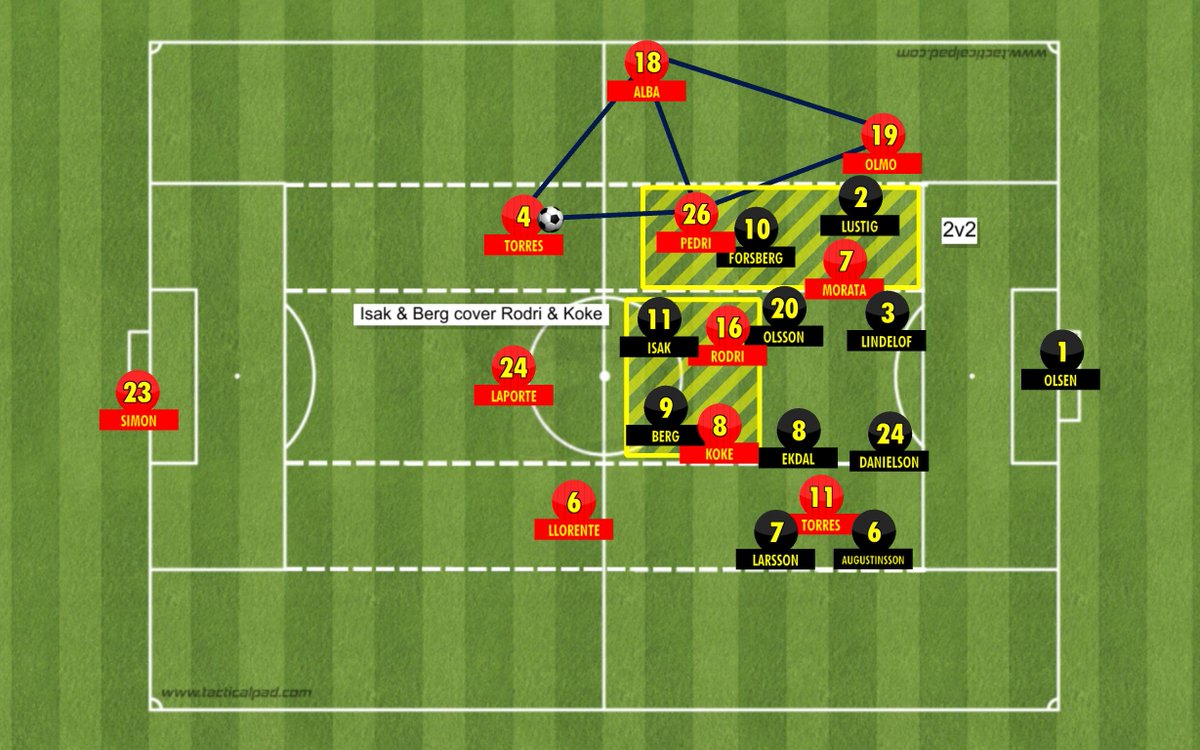
When play shifted to the left, Spain forced a 2v2 that Sweden were capable of defending.
However, the left half-space often contained 3 Spanish players and 3 Swedish players, meaning that it was far too crowded for any clear chances to be created.
However, the left half-space often contained 3 Spanish players and 3 Swedish players, meaning that it was far too crowded for any clear chances to be created.

If Spain moved play to the right it was defended in a similar manner to how it is on the left. The difference is that Rodri & Morata rarely came close to the right half-space.
Right side chance creation was scarce and for good reason. If Spain win the 2v2, they'd lose the 3v1.
Right side chance creation was scarce and for good reason. If Spain win the 2v2, they'd lose the 3v1.

Finally, here is the Swedish low-block in motion.
Possession without results in pointless. Spain could not beat a well organized Swedish defense. Centrally, out wide and in the half-spaces, Sweden prevented Spain from creating many high quality chances.
Possession without results in pointless. Spain could not beat a well organized Swedish defense. Centrally, out wide and in the half-spaces, Sweden prevented Spain from creating many high quality chances.
So, Sweden earned a very deserved draw. Playing as conservatively as Sweden did often leads to a negative reception from fans, however, there is much that can be learned from this world-class Swedish performance.
If you've enjoyed this thread, consider following and retweeting it as we will be doing post match threads for all the games during #EURO2020 , as well as match previews for all the upcoming match days on our website: pythagorasinboots.com/euro-2020/
• • •
Missing some Tweet in this thread? You can try to
force a refresh



